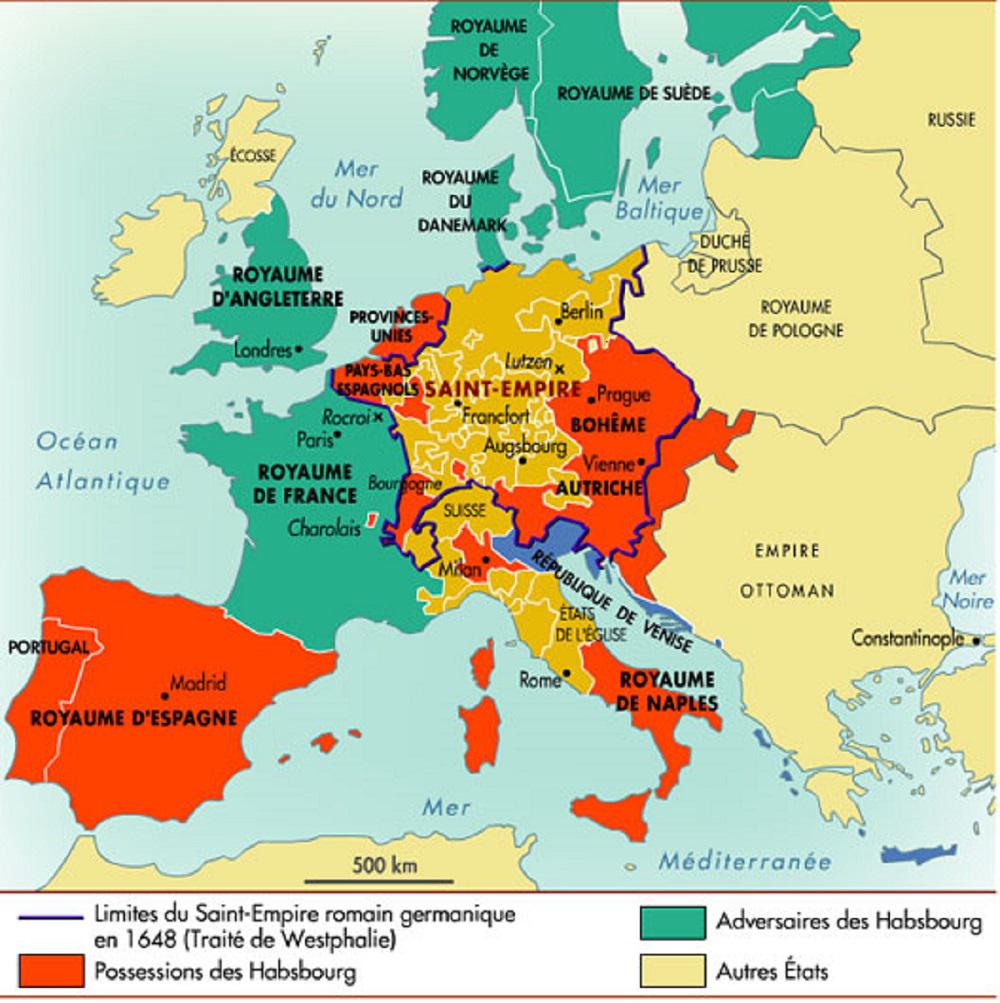


Contextualization delays until chapter 9 the outbreak of the war and the commencement of Wilson's narrative. How does this book fit in the literature of the Thirty Years War? Eight chapters, arranged in tidy fashion under subheadings, provide background. Why that did not happen is the subject of his narrative and analysis. Wilson concludes that the precedent and model of the Peace of Augsburg could (and should) have inspired a similar settlement circa 1618-1648. Similarly, the contemporaneous Ottoman Empire too handled pluralism more gracefully than those budding nation-states of Spain, France, Holland, and England, polities that harnessed confessional unity to reinforce political unity. Early modern empires rarely could afford rigid and narrow orthodoxies. Furthermore, the emperor was by no means subservient to the Papacy, as the 1527 Sack of Rome demonstrated. Emperor Charles V and his successors fretted more about the cohesion of Habsburg territories than over liturgy and theology. Those essentially political factors fostered an imperial pragmatism that extended sufficient latitude for accommodating Catholicism and Protestantism within the political and geographical framework of the Empire. Dynasticism and state rivalries tangentially shaped imperial religious policies, as well as the balance of power in Central Europe. The empire's constitution provides the fundamental context for understanding the multitude of conflicts in these three decades.

Like Ronald Asch in his 1997 monograph on the Thirty Years War, Wilson emphasizes the political struggle over the relationship between religion and imperial law. Wilson delves back to the 1555 Peace of Augsburg and examines how Catholics and Protestants understood their places in the Holy Roman Empire, the starting point both for the war and for this book. 9), and he questions the inevitability of the last phase of the wars of religion, suggesting that political, dynastic, and legal remedies might have shortened or even averted altogether the Thirty Years War. Wilson opines that "the war was religious only to the extent that faith guided all early modern public policy and private behaviour" (p. The 1618-1648 war (or series of wars) is characterized as the final and bloodiest stage of the conflicts precipitated by the Reformation. Undertaking a new narrative of the Thirty Years War is daunting enough, but Peter Wilson also dares swim against the prevailing tide of interpretation.


 0 kommentar(er)
0 kommentar(er)
